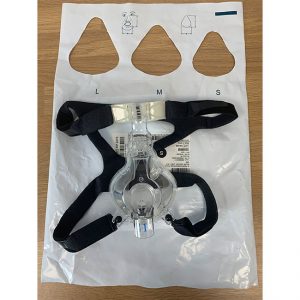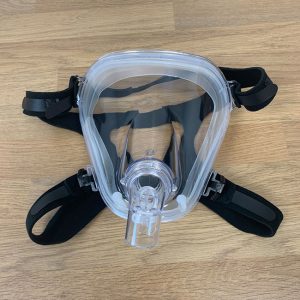Machine alarms and what they mean
These alarms should always be set for each patient.
Aponea alarm
- Set at 10-60 seconds, suggested settings are 10/20 seconds
DO NOT TURN OFF THIS ALARM
High/low VTE
- High – around 800 but depends on patients ideal weight
- Low – around 200 but depends on patients ideal weight
High/low Respiratory rate
- High – set at 10-15 breaths per minute above patients measured breathing
- Low – set at 10-15 breaths per minute below the patients breathing rate
Circuit disconnect
- Set at 0-15 seconds to allow for occasional excessive leaks


